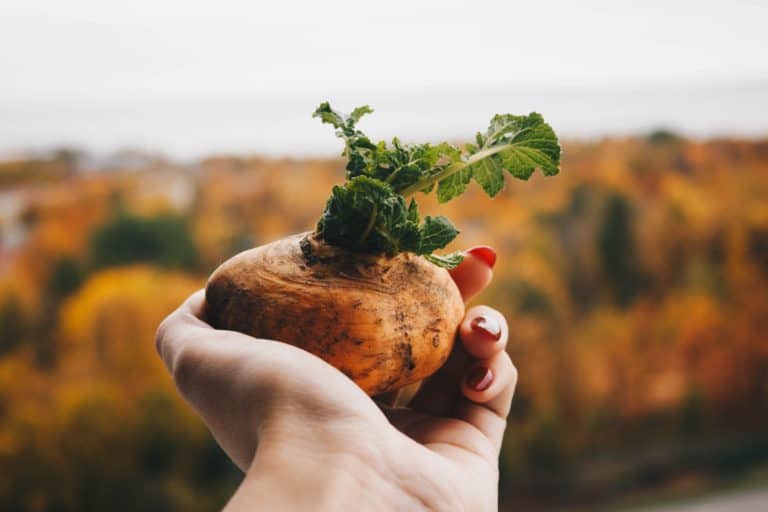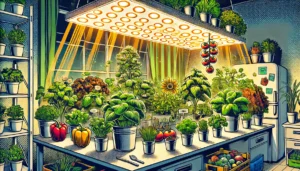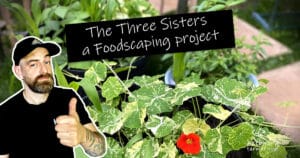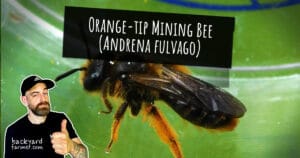The 10 best vegetables to grow in the UK also happen to be the 10 favorite vegetables of mine. I will be growing several leaf salads, garden pea’s, radishes, brown onions, potatoes, rhubarb and chili’s. This combination of Salads, fruits and vegetables will supplement my diet and kitchen nicely.
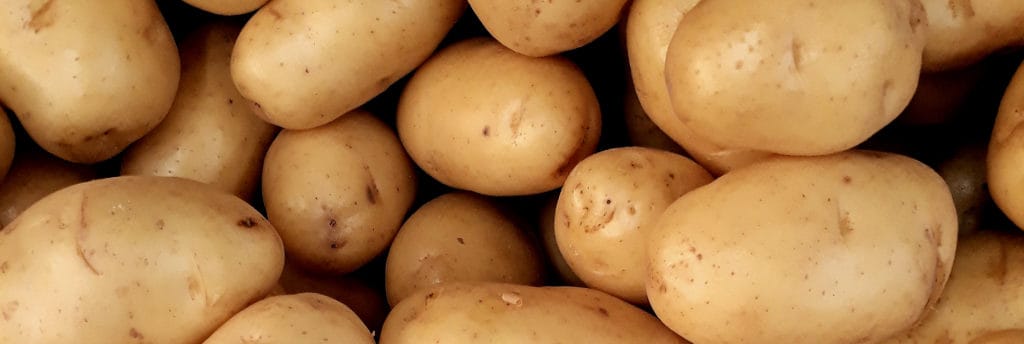
Before I start trying to turn my garden into an Eden it would be a good idea for me to consider the local climate which is the North West of England, United Kingdom. It is a temperate climate with warm summers and cold winters.
We have 4 seasons, Spring, Summer, Autumn (Fall) & Winter. This means we can only really grow sufficiently in the warmer months; usually salads and other spring vegetables are grown earlier in the year. Root vegetables and fruit are grown and harvested in the late summer to Autumn months.
Thanks for reading and we hope you learn something you can use from this article. If you want to give back to us here at backyard-farmer.com, just click on an advert 🙂 Thanks!
My garden is sufficient to grow a good amount of produce, however, I dont have an endless amount of ground to work with so my choices will be made on suitability to climate, difficulty to grow & its usefulness to my everyday life.
What vegetables to plant in the UK
Some things will not be suitable for this, things like grain etc.. are better left to the large fields. I eat a fair amount of salads during the late spring and summer, it seems to me this is something most people do. This in turn is quite a handy fact as one some of the easiest things you can grow, are salads!
Crunchy & tasty Salads
Not only are things like iceberg lettuce, rocket and spinach easy to grow, some varieties can be grown in a couple of weeks. It is good practice to stagger the amount of seeds you sow into stages, this way you can create a steady supply for crispy fresh salad leaves. Sowing them all at the same time will leave you with more salad than you can eat.
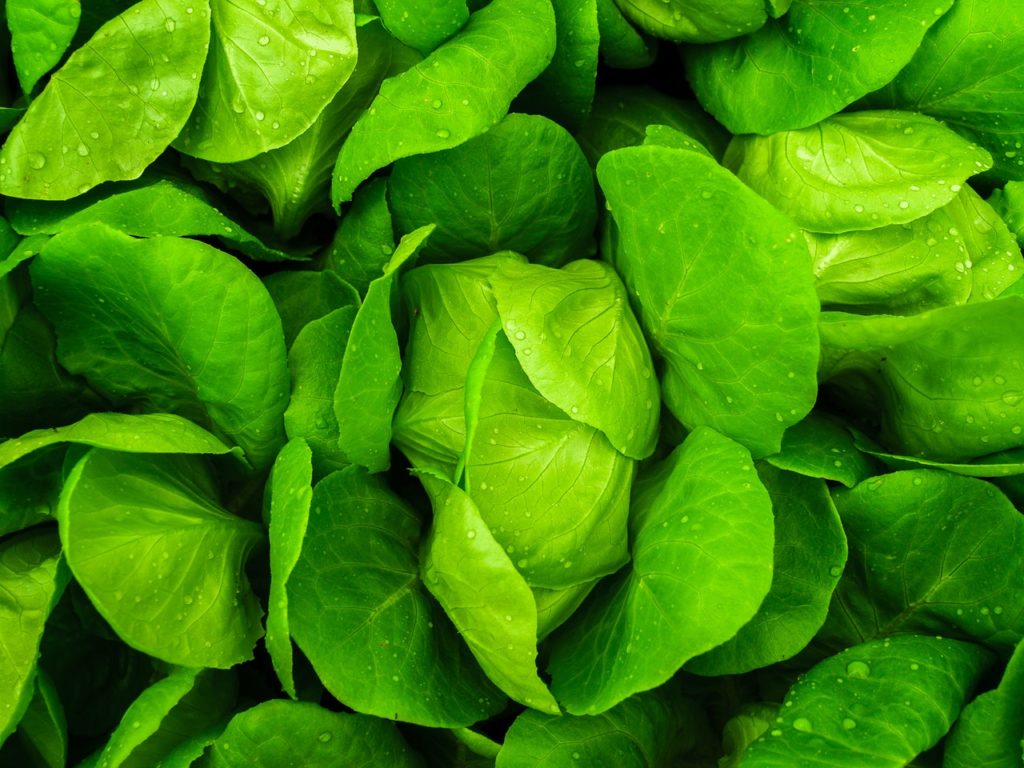
The mighty delightful Pea
Another great and easily grown vegetable is the pea; as it is a relatively low maintenance and hardy plants that can be sown directly into the soil around the end of March. Once sprouted, they will need some support. The beauty of pea plants is when you harvest some peas, it entices the plant to produce more fruits, leading to a very bountiful harvest. They can also be stored without too much processing.
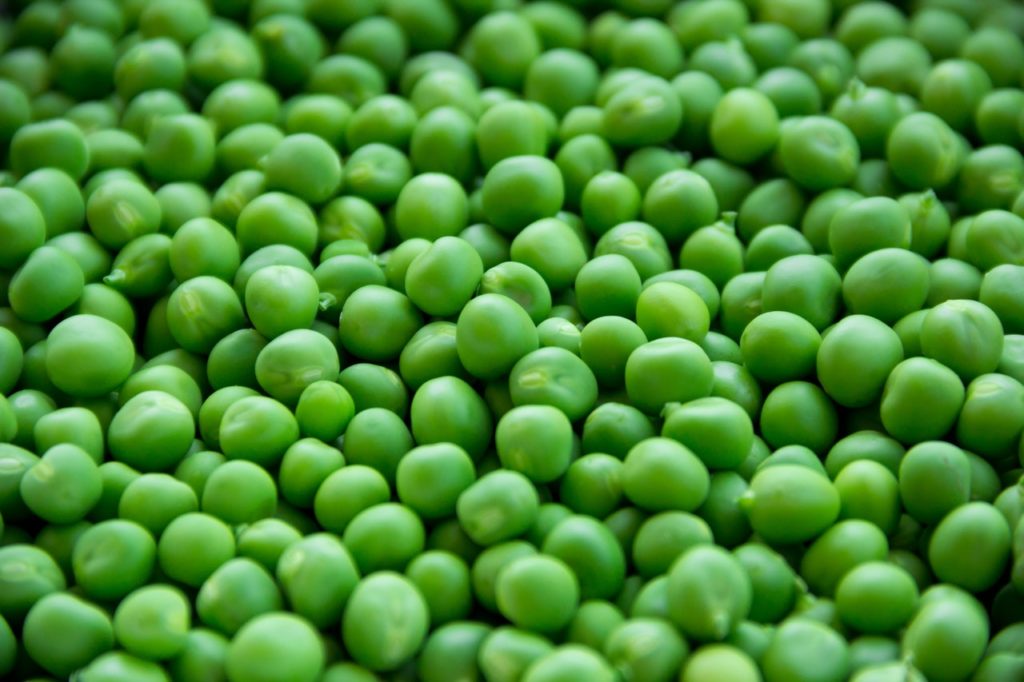
Pack a punch Radishes
You know what goes well with a leafy salad? Radishes! These crunchy little treats pack some flavour. They are also next on the list of vegetables that will do well in my Suburban Backyard Farm! Not only is the root a tasty food with medicinal properties, but the leaves are also edible.
Radishes are a fantastic beginner-friendly crop, and you can learn how to grow them step-by-step in our radish-growing guide.
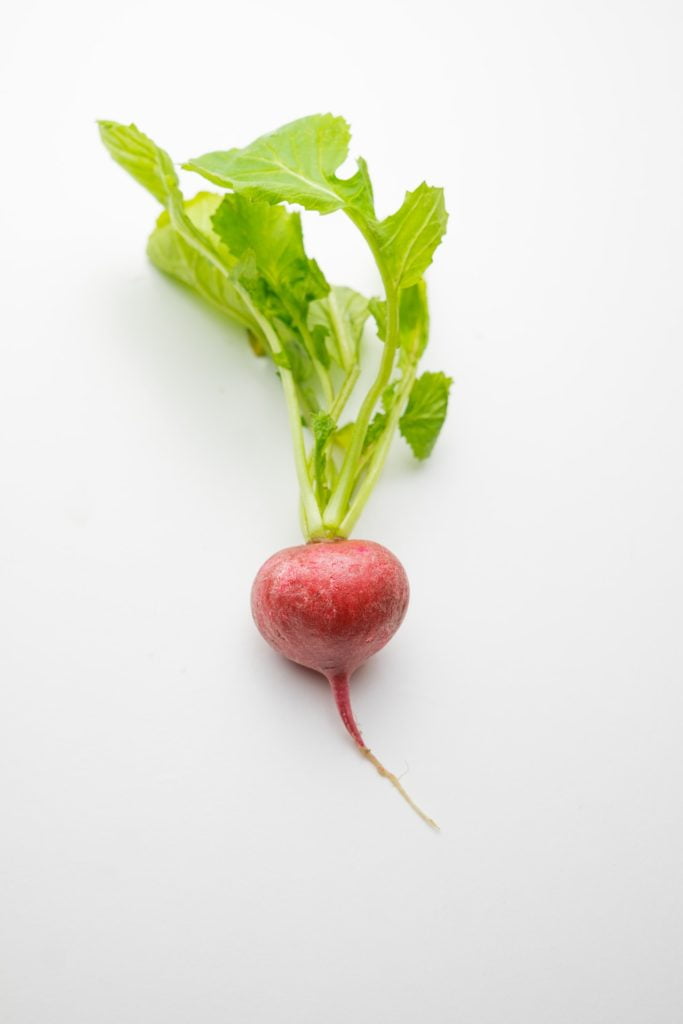
Eye watering Onions
I’m also going to need some onions, like any household that cooks a lot knows, onions are the base of many meals! Approximately an area of 5ft by 2ft will be dedicated to these, I will again stagger them so I have a steady supply of onions. Having said that, they will keep for some time when stored properly or turned into a tasty chutney. Luckily again, these are very easy to grow and don’t require much maintenance. I would also like to grow some spring onions to go with the aforementioned salads and radishes.
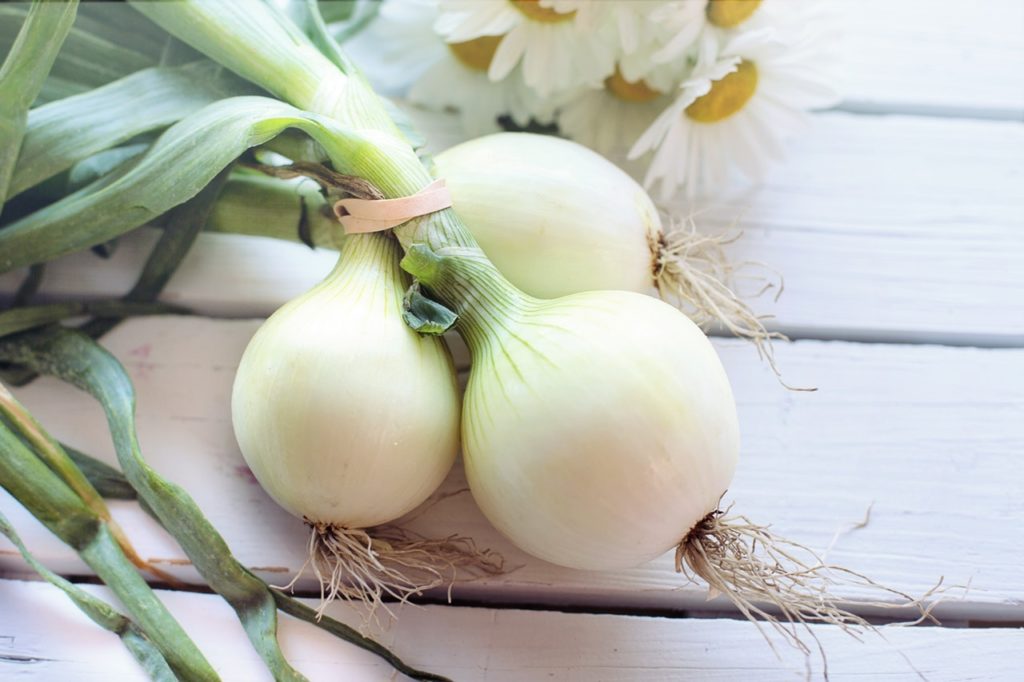
Tough tatties – The Potato
Next is another root vegetable that gets used a fair amount in my household – the mighty potato! This versatile vegetable can be used to make chips, crisps, fries, mashed potato, roasted potato, dauphinoise – the list goes on! Again, potatoes will pretty much grow wherever they are planted with little need for attention. The potato is an ideal addition and one whole box will be dedicated to spud growing. I have not decided on what type of potato but it will likely be Maris Piper – yum.
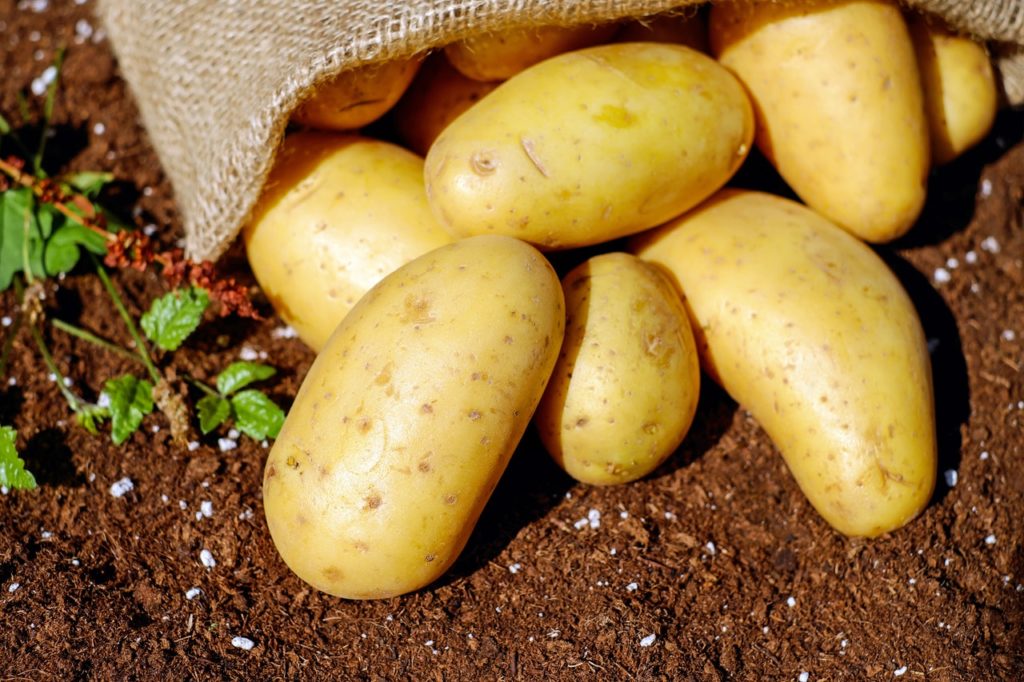
Beetroot bliss
Near where I live, in the Northwest of England there is a local dish called ‘Scouse’. This is a beef stew usually served with beetroot. You guessed it, I will be planting and growing some of these most wonderful vegetables. The main reason, other than being tasty, is that they are also an easy-to-grow vegetable in the UK. It can be used in salads, chutneys and are commonly pickled too.
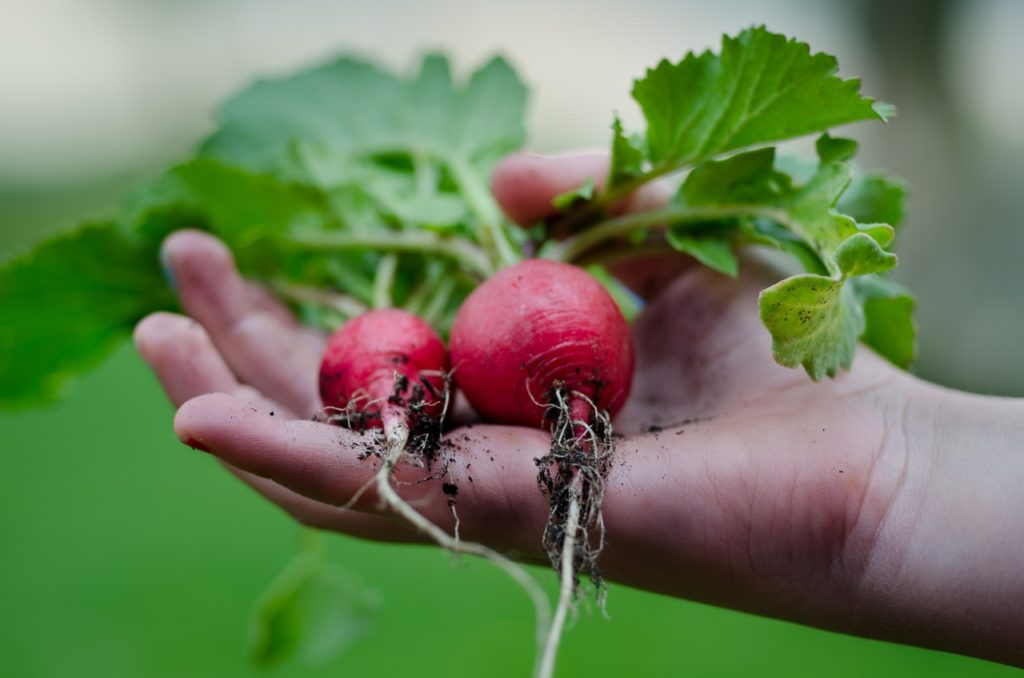
Next up, as a beginner have been advised to grow broad beans and runner beans in my garden. Beans, just like the peas will need some support as they grow on vines. Once grown and harvested I will be looking into a variety of ways to store the beans as well as other vegetables and fruits.
Beans beans the musical fruit
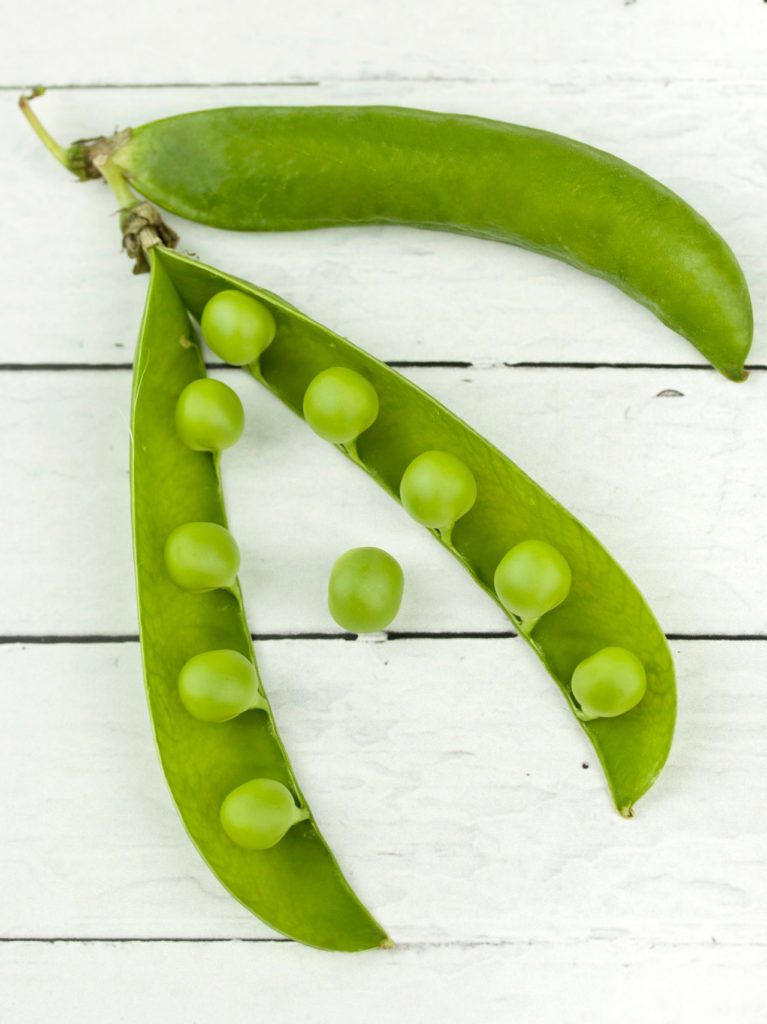
The big-reds – Tomatoes
One fruit in particular will have a fair amount of space dedicated to them, tomatoes. I will look into how to grow tomatoes in a UK climate, and then how to store them as chutneys and other tasty treats. The tomato is also a relatively tough plant that is easy to grow.
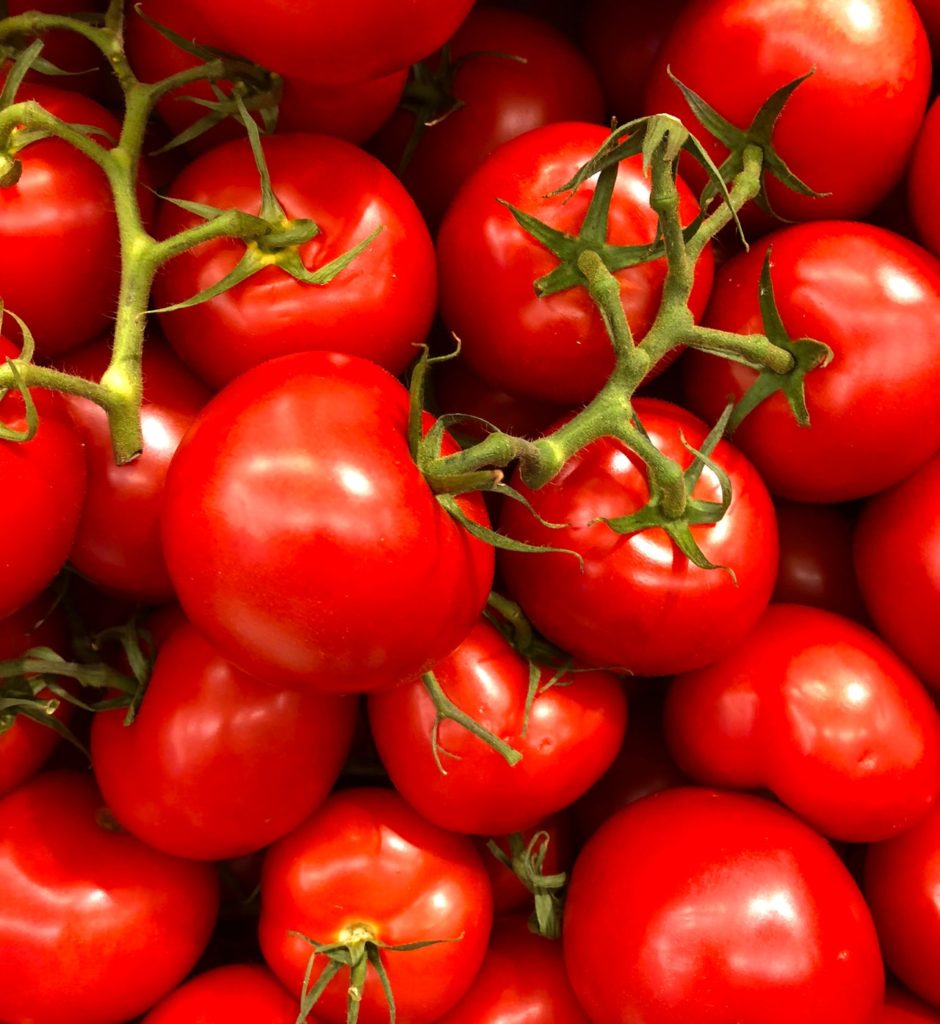
Rhubarb… just rhubarb
Everybody loves a rhubarb and apple custard! During the later summer months in my local area there is an abundance of apples, pears, sloes and other fruits. I’m going to grow some rhubarb so that I can make the most of those months and make several Crumbles with local fruit and home grown Rhubarb.
Not only is it easy-to-grow, it’s tasty too. The only issue with growing rhubarb is you have to plant the crowns in late autumn/ early winter, and, you should leave them for the first year! So although I will be planting these this year, I wont be eating them until the year after!
Hot & spicy Cayenne chili’s
Finally I will be growing some Cayenne chili plants, although chili plants are usually suited to warmer environments Cayenne plants do well in the warmer months in Britain. They are not a hard plant to grow and the chili’s can be frozen or dried once harvested. The seedlings will need to be kept warm inside for the first few weeks but once they’re strong enough they can be put outside to fruit.
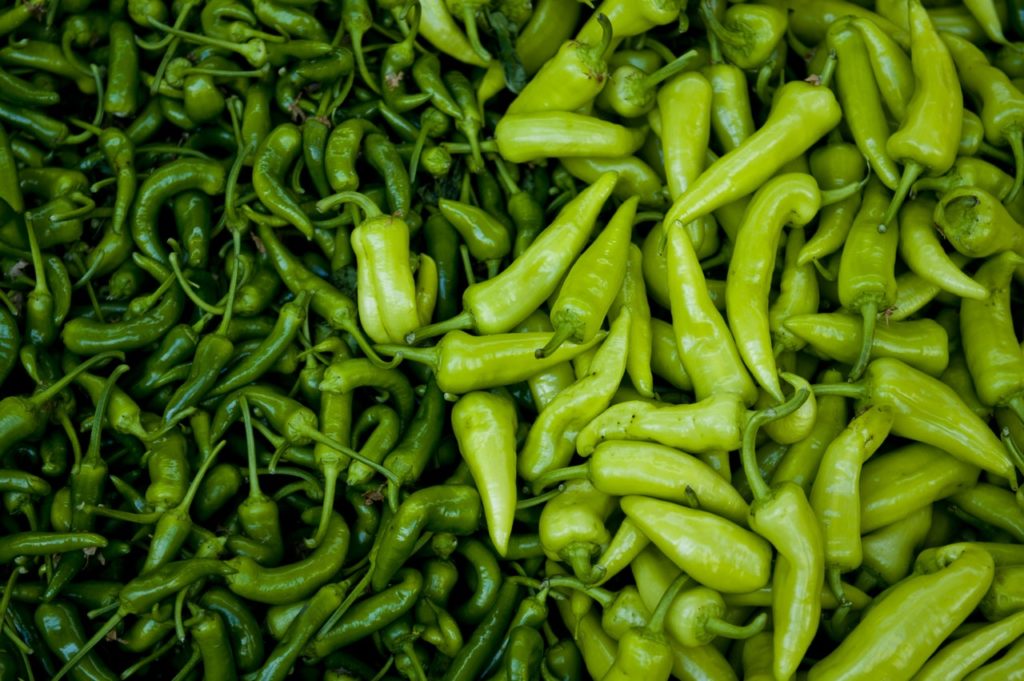
When to plant vegetables in the UK
Most vegetables in the UK are grown between March and August, these are the prime months for warmth and pollination. Salads, beans and peas are sown in the spring, root vegetables like potatoes and onions later in the year. Salads I will need to start planting at the end of march, sewn in stages. Peas will also be planted in March.
My radishes will be started in late April, in stages though to August. My onion patch will be sown in March along with the Maris Piper potatoes and beetroot.
The beans prefer things a tad toastier so these will be sown in April. Tomatoes are tough plants and are good to start anytime in late spring, these are best grown in nutrient rich soil. Grow bags are a great choice to grow Tomato plants in the UK.
What vegetables will save me money?
There is no straight answer for this question. It is will depend on many factors that will affect what can be grown. Things such as climate, season and personal usage need to be accounted for. You need to grow things that you will use because your not saving any money if you don’t eat what you grow. I am going to dive into what can be grown here in the North West of Britain. I do feel the need to add, that this is not all about saving money, it is also about creating tasty & healthy food.
In my everyday life there are a few vegetables and fruits that I use on a daily basis. There are some of which, like banana that I would struggle to grow in Britain.
The number one vegetable that I use the most is probably potatoes, Maris Pipers are my favorites due to their fluffiness when cooked and also their taste. These are also not the cheapest ones to buy. Whilst I am not saving a huge amount of money from growing potatoes, it all adds up and I can grow a few sacks of potatoes with the space I have.
Salads cost me a fair amount during the summer months, mainly as I do not eat a full bag of spinach or rocket quickly enough and it will go off before its eaten. With a salad patch I can stagger the growth stages and pick what I need, as its needed hopefully saving on waste and money. Tomatoes are also something that is used in many recipes, from fresh to tinned plum tomatoes.
These will save me some money, especially if I can process them into things like sun-dried tomatoes as these are expensive! They are also very tasty and store well. I have seen some chili plants harvest massive amounts of fruit when grown well, I am hoping to pull this off too as there are a variety of things to make from chili’s. Processes such as drying them out, chili sauces and pastes will all be explored and my learning experiences covered in this blog.
Remember to Subscribe to keep up to date with The Backyard Farmers latest updates! Thanks for reading
Did you know?
Many of the Mycelium family, aka mushrooms have their own immune systems to keep them healthy!

